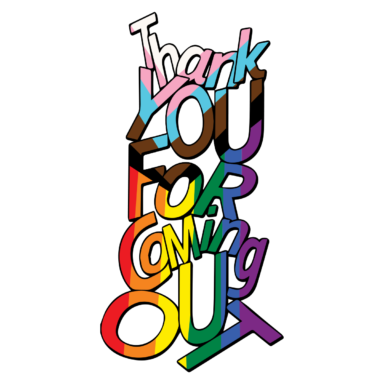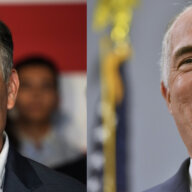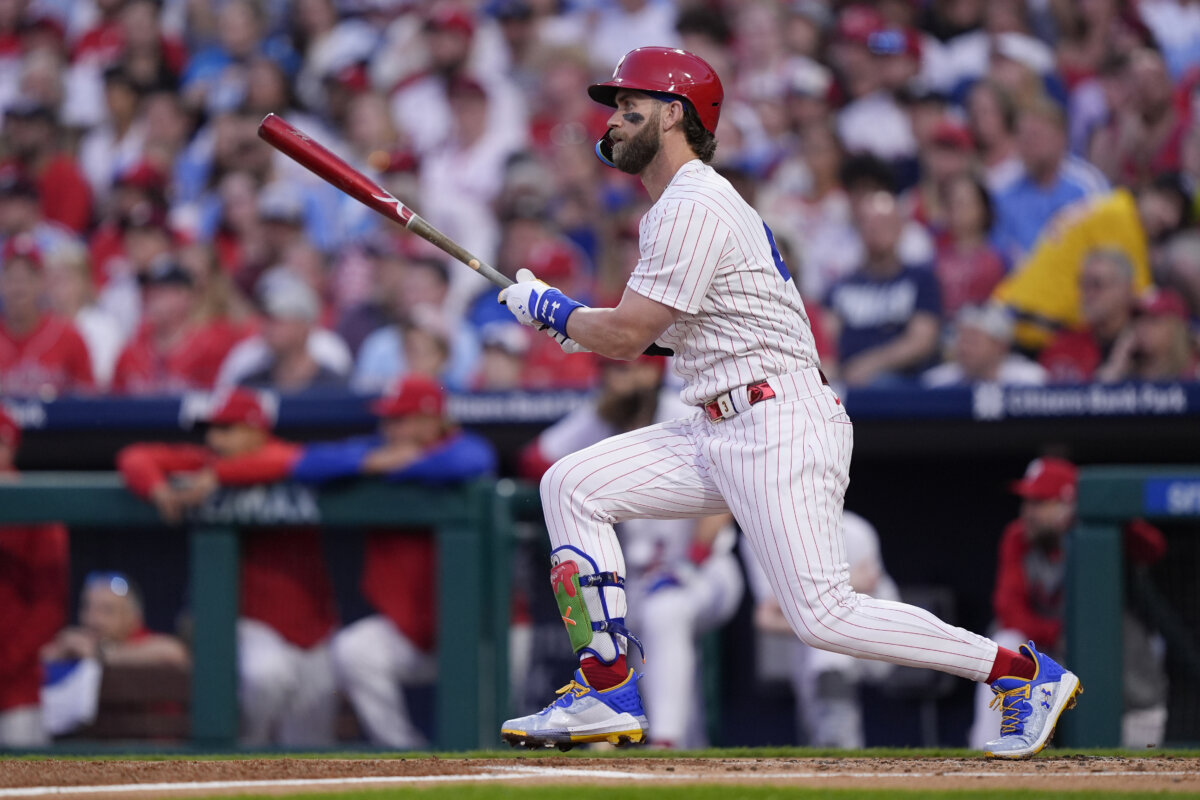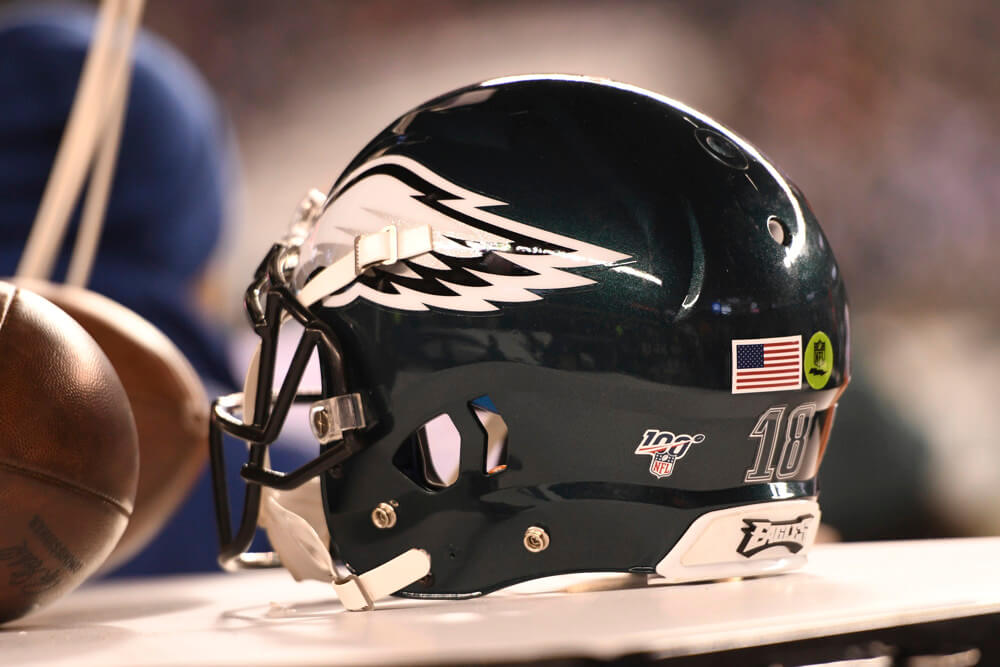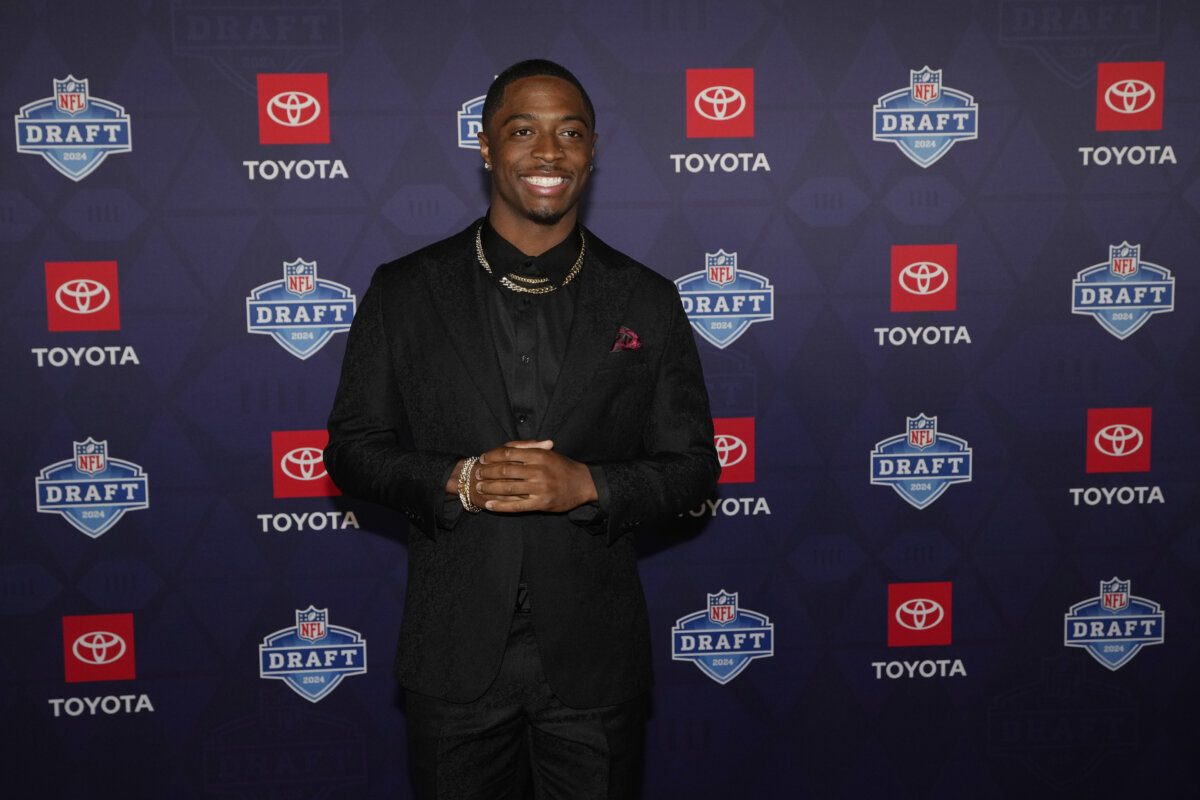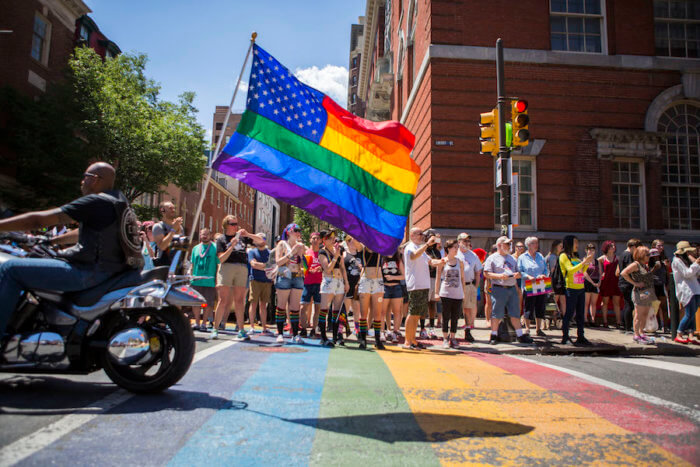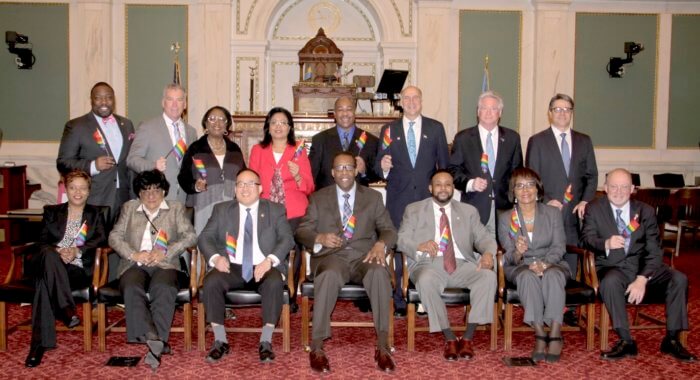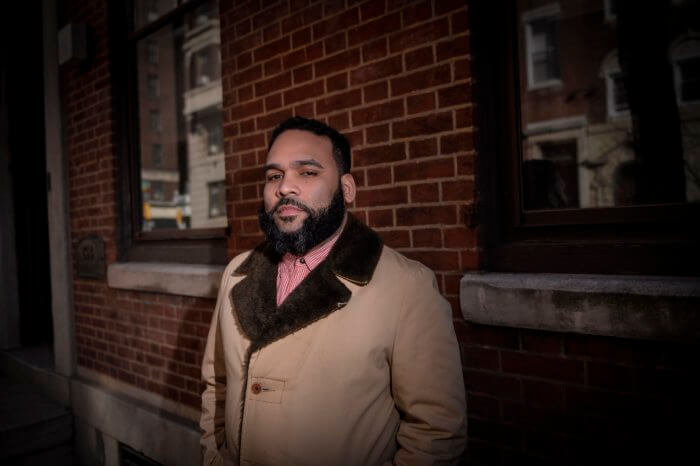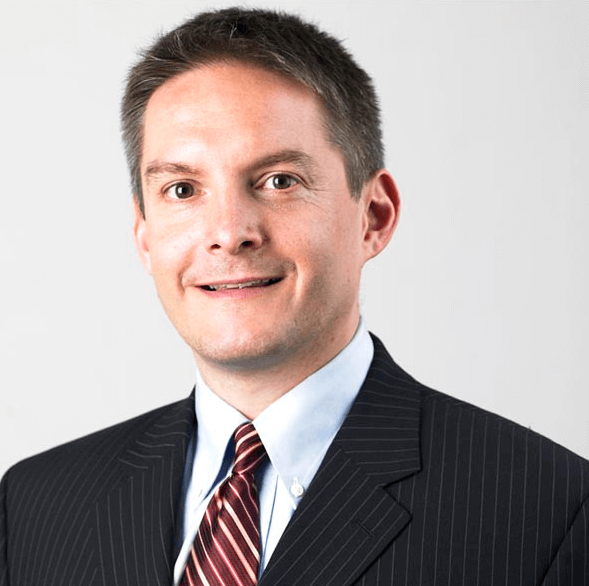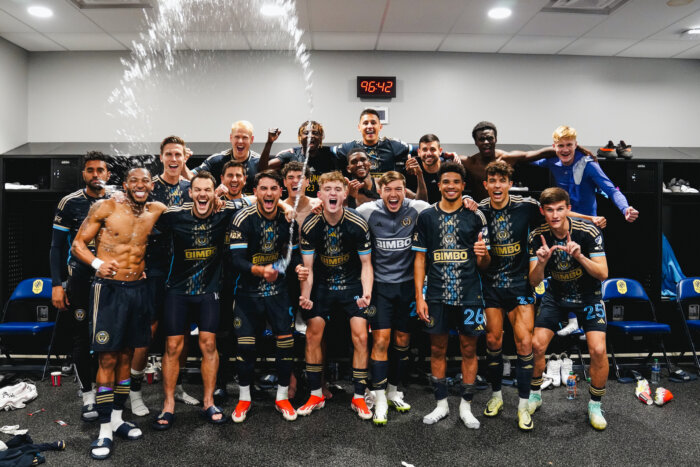Step onto the main dance floor of the self-proclaimed “landmark gay spot in Philadelphia,” Woody’s (202 S. 13th St.) – and you will witness a very noticeable racial divide cut right through it. It’s 2015 and one of the most elaborate nightclubs in the Gayborhood is still subtly reflective of a segregation era many of us would never want to look back at.
But unlike the days of de jure separation and rejection, LGBT members of color continue to face a sense of de facto dismissal socially when trying to enjoy the night scene at one of Philly’s more accepting venues. “There is a major divide in the Gayborhood between ethnic and white,” says local entertainer Marcus Gordon.
Gordon, a black gay performer at Tabu Lounge & Sports Bar (200 South 12th St.) believes that the separation is so recognizable that “even the white people know that there are white gay clubs and black ones.” Living in Philly for the past five years, I have had my own personal rifts with the racial exclusion of the Gayborhood as a gay man of color.
My first night at ICandy (254 S 12th St.), I remember being one of only five black men on the crowded dance floor. I was later told that this was “a mostly white/Asian Twink/techno gay bar.”
So when I heard that there was a “Beyonce night” at Woody’s the next week, I tried again and noticed that even though there was more diversity in the room, such inclusion came with a price. I had to co-mingle within a 50/50 half-white, half-multicultural space on the dance floor. As I’ve become more familiar to Philly’s gay club scene, I have also become more accustomed to what might be at the root of this divide – racial stereotypes and patriarchal inferiority complexes. There is something to be said for the bouncer at the front who expects me to pay full price and let the borderline underage, blonde white guy enter for free after hours. It says a lot when ballroom drag music starts playing and I am expected to “vogue like RuPaul” just because I am one the few black gays on the dance floor. We all can’t possibly be assumed to act the same. For a city that boasts how it’s a major draw for LGBT Americans of all backgrounds, actions have to speak louder than their appealing marketing campaigns. Much more has to be done in reshaping the way the Gayborhood looks and feels for all members of the community. XO Lounge (1437 South St.) on Saturday nights shouldn’t be the only club I feel comfortable in because it is predominantly multicultural. The Gayborhood and the City should foster more cross-cultural LGBT collaboration to help shake up the social division. Otherwise, there will be more shade to be thrown across the dance floor – something that nobody has time for.
Black not fetch enough for Woody’s?
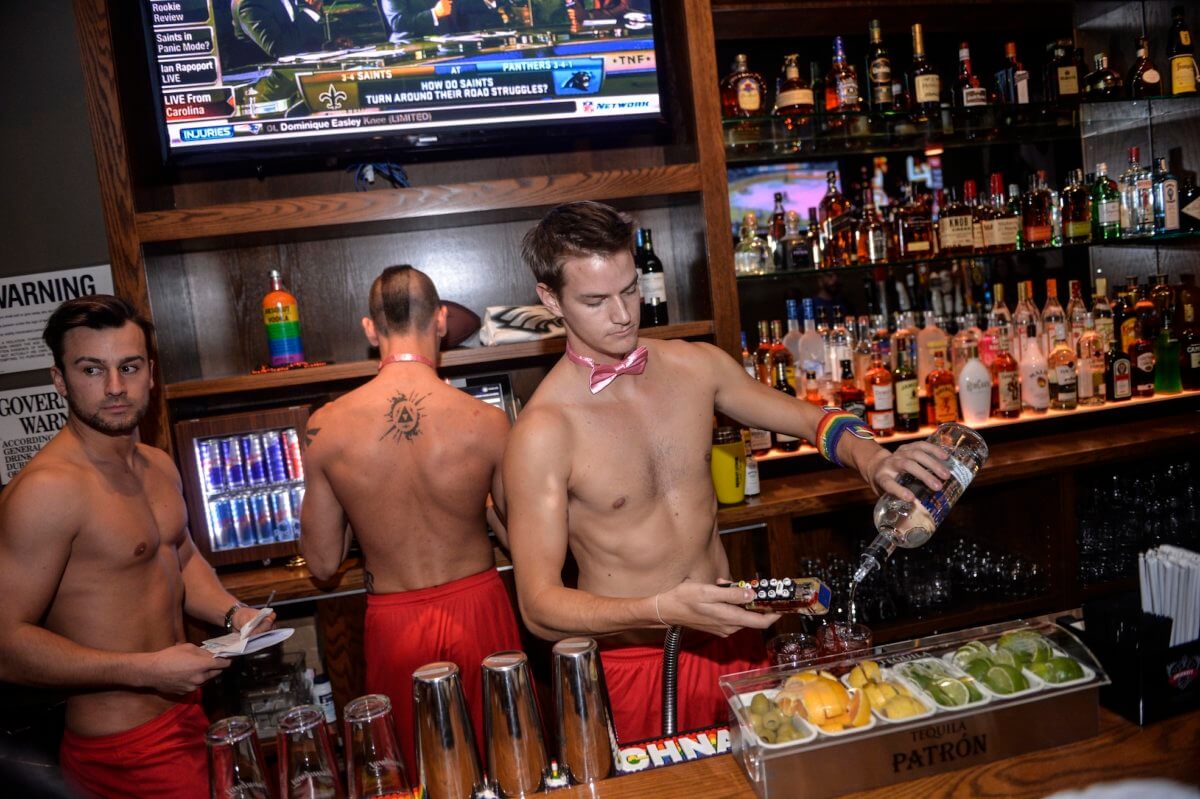
Charles Mostoller



